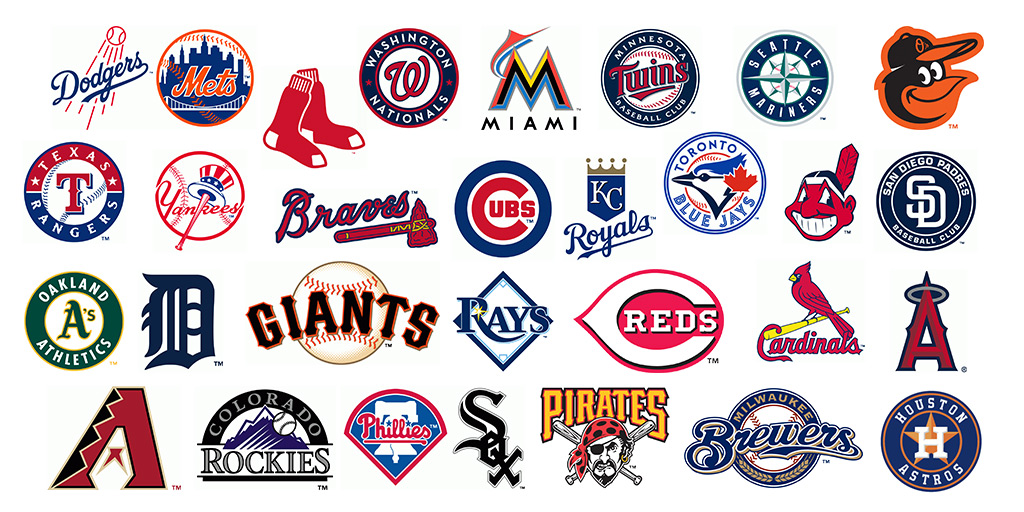Baseball is a numbers game. The funny thing is betting on baseball is also a numbers game and bettors should make sure they understand advanced MLB statistics to make smart betting decisions.
While there are a number of individual and team stats like batting average and runs scored per nine innings, there is a wealth of statistical information that handicappers can put to use to make sound betting decisions.
Sign-Up to GameAdvisers.com Trial Today
Popular MLB Statistics Used By Handicappers
We’re going to update this page regularly with the latest advanced MLB statistics and analytics to help MLB handicappers win more bets.
Here are the popular MLB statistics you need to understand:
ERA vs. WHIP
Starting with pitching stats, many fans and bettors alike will judge a pitcher based on his ERA, or earned run average. An ERA around 3.00 these days is considered pretty respectable, but it doesn’t tell a complete story.
WHIP, which is walks plus hits per inning, gives you a much better indication of how well a pitcher actually performs. It makes sense too. The more baserunners a pitcher allows; the more opportunity for opponents to score. The closer a WHIP is to 1.00, the better the pitching performance.
K/9 vs. HR/9
Bettors should track a pitcher’s strikeouts per nine innings and home runs allowed per nine innings especially when playing against certain opponents or in certain ballparks.
A pitcher with a high HR/9 average is not one you want to back when playing in a hitter’s park like the Colorado Rockies Coors Field.
Run Support Average
Pitchers have no control over their team’s offense, but certain pitchers seem to get 5-plus runs per game on a consistent basis. Others do not get much support at all.
Much of this is probably due to luck, but a starting pitcher who works fast and gets his defense off the field quickly may help them generate more hits, baserunners, and, ultimately, runs.
Batting Average vs. On-Base Percentage
On the hitting side, batting average has long been the measure of an individual player’s hitting
performance. It’s the same for a team. Higher batting averages are usually associated with better teams.
That isn’t always the case though. Teams may have a lower batting average but hit more home runs. A team with a relatively high batting average may strand a lot of runners on base.
On-base percentage is a better stat to track because it relates more to run production. Teams with higher on-base percentages get more baserunners and those baserunners turn into more runs scored.
Teams with high on-base percentages are also more likely to run up a pitcher’s pitch count. That can send a quality starter to the bench and get a team hitting against the bullpen much earlier in a game.
Batting Splits – Versus Right-Handers and Left-Handers
This stat can also be used to decide whether or not to back a starting pitcher. Ideally, a team would like a nice mix of right-handed and left-handed hitters. Switch hitters are nice too because they create an advantage against any pitcher.
Right-handed hitters struggle more against right-handed pitchers and vice versa. If you have a team with a heavy right-handed batting lineup going against a team with a left-handed pitcher, that is going to influence your final wager decision.
Runs Per Game
Ultimately, the biggest number that counts is the number of runs scored in a game. It really doesn’t matter how a team scores, it just matters that they produce runs.
Again, a team with a high batting average doesn’t necessarily produce runs. Examining how many runs a team scores per game can give you an indication of how successful or how poorly a team is playing at a given time.
